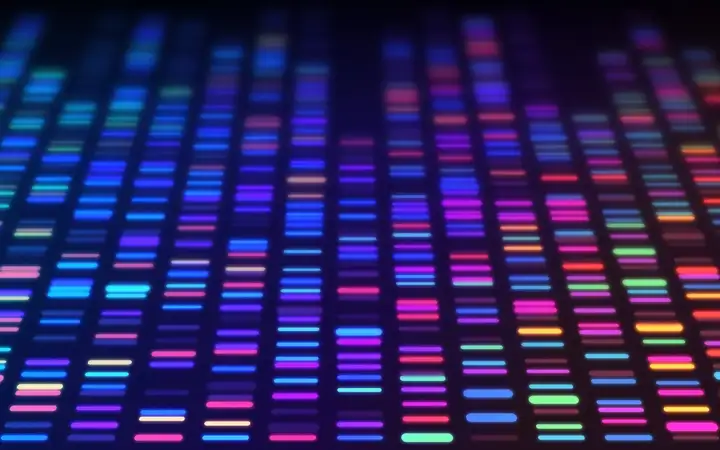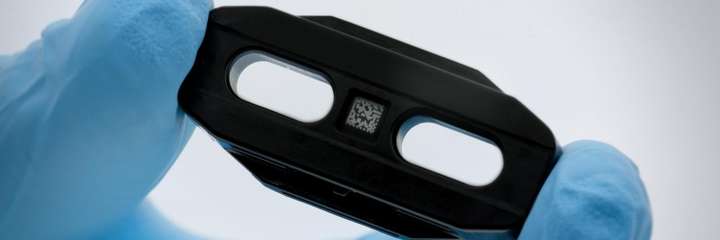Applications of NEXTERION® glass substrates
SCHOTT MINIFAB partners with clients to create and manufacture ground-breaking diagnostics and life science products that are changing the world.
With our dedication to excellence and expertise in glass technology, we provide unmatched reliability and performance, empowering researchers to unlock new insights and advancement in diagnostics and life sciences. Explore the range of applications, NEXTERION® glass substrates can positively impact.
Substrates for microarrays
Flow cells for genomics, proteomics, transcriptomics
Devices for in-vitro diagnostics
Veterinarian microfluidic diagnostic device
Microfluidic life-science device
Microfluidic agro-food testing
Want to know more? Let's talk
Whether you need more information, samples, a quote, or advice for a project, I would be delighted to talk to you.



